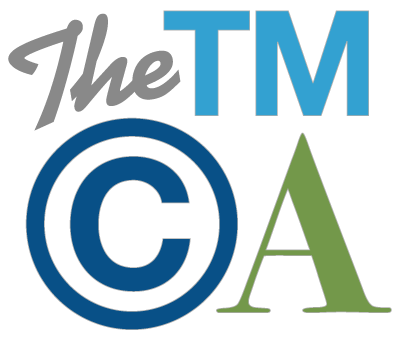In What Way is False Advertising False and Why it Makes a Difference
What is the difference between an advertisement that is literally false by necessary implication and one that is impliedly false? It may seem like a fine (and somewhat opaque) distinction, but determining the particular way in which an advertising message is false can have a significant impact on the evidence required to establish liability for false advertising. The Court of Appeals for the Second Circuit recently issued an opinion involving this distinction in a case involving home pregnancy test kits. Church & Dwight Co. v. SPD Swiss Precision Diagnostics GMBH. We blogged about this case last week, focusing on the court’s threshold determination that the Food, Drug and Cosmetic Act (FDCA) did not preclude the plaintiff’s Lanham Act false advertising claims. This post focuses on the court’s analysis of liability.
By way of background, SPD’s packaging and advertising for its Clearblue Advanced Pregnancy Test with Weeks Estimator represented that the product could provide information about how many weeks a pregnancy had advanced. The product was capable of estimating the length of pregnancy since the date of last ovulation. This is not the standard metric commonly used by the medical profession to describe how long a woman has been pregnant. The standard metric relies on the weeks elapsed since the woman’s last menstrual period. The crux of Church & Dwight’s claims was that the packaging and advertising for SPD’s Clearblue product communicated the false message that the products used the same metric and gave information about the same number of weeks of pregnancy as would be provided by a medical professional. Church & Dwight challenged SPD’s Launch Packaging and Advertising, as well as Revised Packaging. Among other things, the word “ovulation” did not appear on the front or back of the Launch Package. The Launch Advertising included a two second “ESTIMATED WEEKS SINCE OVULATION” supertitle on the screen. After the launch, FDA took the position that SPD had violated a clearance letter the agency had issued during the pre-market approval process with respect to approved labeling and advertising. In response, SPD revised the packaging and advertising. The Revised Packaging included a gray strip in the top right corner of the package with the phrase “Only Test that Estimates Weeks Since Ovulation” with an asterisk link to the Indications for Use Statement on the side panel.
The Second Circuit affirmed the district court’s holding that the Launch Packaging and Advertising were both literally false by necessary implication as well as impliedly false. What is the difference? As the court explained, a statement can be deemed “false by necessary implication” even without an express statement of falsity, if the advertisement’s “words or images, considered in context, necessarily and unambiguously imply a false message.” The requirement that the statement be unambiguous is the key to understanding the category of literal falsity by necessary implication. In other words, some interpretation of the advertisement is required, but there is only one unambiguous interpretation that can be made. And since there is only one unambiguous implied message, there is no need to show by market research survey evidence or evidence of an intent to deceive that the buying public was in fact misled by the advertisement. In contrast, an advertising representation may be found “impliedly false” if the challenged statement is ambiguous and therefore “susceptible to more than one reasonable interpretation.” In that case, extrinsic evidence of consumer confusion or evidence of an intent to deceive would be required to establish liability.
Here, the appellate court concluded that the Launch Packaging and Advertising “unambiguously implied the false message that the [SPD] Product provides a measurement of weeks-pregnant that is consistent with the measurement a doctor would provide.” The Second Circuit also affirmed the district’s court’s back-up ruling that the Launch Packaging and Advertising was impliedly false, based on evidence of actual consumer confusion and SPD’s intent to deceive. The Second Circuit further affirmed the holding that the Revised Packaging was impliedly false. Even though the Revised Packaging featured language that the Product measured weeks pregnant since ovulation, Church & Dwight submitted persuasive survey evidence that 16.0 to 17.3% of respondents believed the Products provided the same estimate of weeks pregnant as a doctor’s estimate.
It can be difficult to predict with certainty whether a court will find a challenged advertising statement to be “literally false by necessary implication” or impliedly false. Therefore, it is always helpful to present survey evidence showing how the relevant consumers perceived the advertisement at issue in order to have at “two bites at the apple” of establishing liability. But if a plaintiff can convince the court that the advertising message is unambiguously false, then regardless of the survey results obtained or any attacks on the validity of the survey design, the plaintiff can still prevail.








